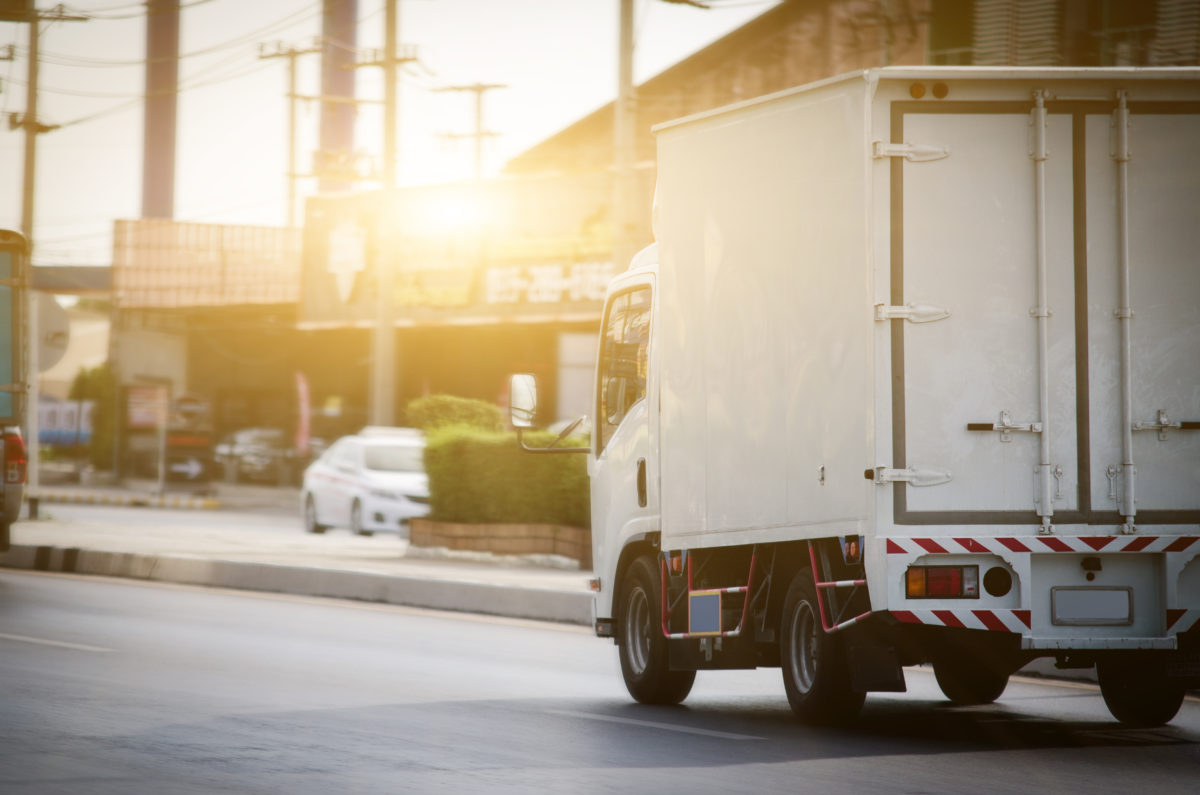Small freight shipping, also known as less than truckload freight shipping (LTL), is used to transport small freight usually without the need for an entire trailer.
- LTL or small freight shipping is done when the freight size is not big enough for a full semi-trailer or when a shipment weighs anywhere from 150 to 150,000 pounds.
- LTL allows shippers to collect their smaller loads of 150 lbs or 68 kgs and have them shipped with other packages.
- A portion of a standard trailer truck occupied by freight is paid for by the shipper. Any unoccupied space is then paid by other shippers who are to fill any of the remaining unoccupied spaces.
How Small Freight Shipping Works
Small freight shipping consolidates shipments moving from one country to another. Freight going in the same direction are to be transported in one trailer.
- The process starts once service centers pick up local freight with the purpose of having it delivered to its destination or have it consolidated with the rest of the shipments.
- If freight is consolidated, it could be taken to a different distribution center to be either picked up for delivery or loaded to another trailer.

Related article: Introduction to LTL Freight Shipping
Benefits
Compared to full-truckload or FTL shipping (a process where a shipper utilizes one full semi-trailer), LTL offers the following advantages:
- Environmental impact and cost reduction
- Packaging improvement
- More specialized options in handling
FTL is beneficial for those who demand premium services or temperature control in shipments. But those who only have a few pallets to ship on a full trailer could find FTL unnecessarily expensive. Plus, the ability of a truck to deliver numerous LTL shipments at one time makes LTL an environmentally friendly way to ship goods.
Compared to the more expensive parcel service, LTL is seen as a better option due to benefits seen in cost, handling and packaging. Unlike LTL, parcel service disallows palletizing as well as any special handling requests.
- Exclusive LTL shipments can be delivered for a fraction of the cost it takes to hire a full truck and trailer.
- LTL sees numerous freight shipments from various shippers pooled in a single freight truck. The process allows shippers to pay a fraction of the cost of using a trailer or truck.
LTL offers more services and options
LTL provides optional services not usually offered by other carriers. The rates for such services are usually better compared to parcel carriers and are billed at a previously determined flat fee or a surcharge based on weight. The calculation is based on the rate per hundredweight or per pound.
- Expedited shipping makes goods arrive quicker than the standard transit time. The process is highly beneficial for emergency shipments.
- Freight which weighs more than a hundred pounds can utilize Liftgate if the location where the goods will be received has no evident shipment dock.
- Limited access is available for areas such as rural locations or construction sites due to safety concerns.
- A custom delivery window allows shipment to arrive at a specific period. This process requires companies to deal with your package and include it in their workload. The process is highly efficient though a tad is costly.
Expect flexibility and cost savings
Small freight shipping or less than truckload shipping allows goods to be delivered to various locations all through the region or country in a flexible manner. Do expect a bit more time for freight to be collected altogether.
But since carriers consolidate numerous shipments going to similar destinations, costs therefore decrease. Transport management systems also maximize costs by sending trucks to pick up shipments, hauling them in a central staging area, and assembling these onto loads for delivery.
Essentially, trucking companies are able to decrease costs for each item due to an increase in the capacities of trucks in transporting small shipments to the same destination. Costs are therefore easier to control and shipments can be adjusted according to an operation’s scale and demand.
The quantity of fuel used is also reduced. The same applies to the number of vehicles used for transport. The cost of transport is minimized while experiencing the same service seen in FTL shipments.
100% Eco-friendly
Small freight shipping helps decrease the fuel and vehicles needed for transporting goods. It is a greener way to ship. Shipping companies have also figured out efficient pathways to further minimize the time it takes for goods to be transported from one place to another.
Safety is Ensured
Shipping via LTL increases the safety of your goods due to proper packing. Protective covers are reapplied thereby ensuring that your possessions avoid environmental and physical harm.
Meanwhile, individual loads could either be placed in protective containers or securely packed on a parcel. The chances of packages getting misplaced are minimal. Safety during handling and shipping is maximally ensured.
The use of tracking technologies allows shipments to be properly monitored. Plus, shipping companies make sure that shipping routes are organized with minimal stops in order for packages to be 100% safe throughout the whole duration of the trip.
Efficient Organization
LTL is best for customers who ship regularly. Companies usually collect the shipments of regular customers thereby allowing them to provide customers with consistency and reliability. Automation similarly helps them construct favourable routes.
Modern technology has also allowed customers to self-track their shipments as well as receive immediate and real-time notifications of delays. Sending and receiving shipments become more reliable and easy.
Damage-free Handling
Compared to other packages such as parcel, LTL freight is handled less often thus minimizing the risk of goods to be damaged. Items are usually moved via a forklift. Once the items are loaded, freight is transported on a trailer toward its destination distribution or delivery center.
Protective Packaging
Unlike parcel where items are boxed and covered with internal protective material, LTL shipment is put on pallets or inside crates. Items are mostly shrink-wrapped for additional protection. Such a method allows freight to be secure and safe while in transit.
Delivery Options
Contrary to popular belief, LTL shipments not only deliver to areas with loading docks, but they also provide residential and business options. LTL carriers similarly provide dunnage removal, assembly, and placement. These additional options give shoppers the opportunity to provide quality customer service and satisfaction.
When Should You Use Small Freight Shipping?
The following situations are ideal for LTL shipping:
- Shipping items that are heavy or in large quantities
- Shipment whose quantity or weight exceeds a specific standard
- Shipping similar goods to the same destination
- Shipping irregularly shaped goods
Small freight shipping or LTL is usually more affordable than other types of shipping. Combining groups of goods in one shipment is more environmentally healthy and cost-efficient compared to having packages shipped individually. Collecting items together for transport, despite them being light and small, decreases the cost it takes for them to be shipped. It also helps minimize carbon emissions.
Conclusion
LTL or small freight shipping is not only about decreased costs or the efficient and safe transport of goods. It is also about constant process improvement, minimizing risks and ensuring customer satisfaction. The above information aims to provide the necessary information in the proper management of your LTL freight.
Understanding the benefits of small freight shipping or LTL shipping helps you make an informed choice on the type of transport you need to better your bottom line. Assess the profile of your freight and identify the shipping method that works best for your specific situation.
Related article: Air Freight Vs. Ground Freight Shipping in Canada



